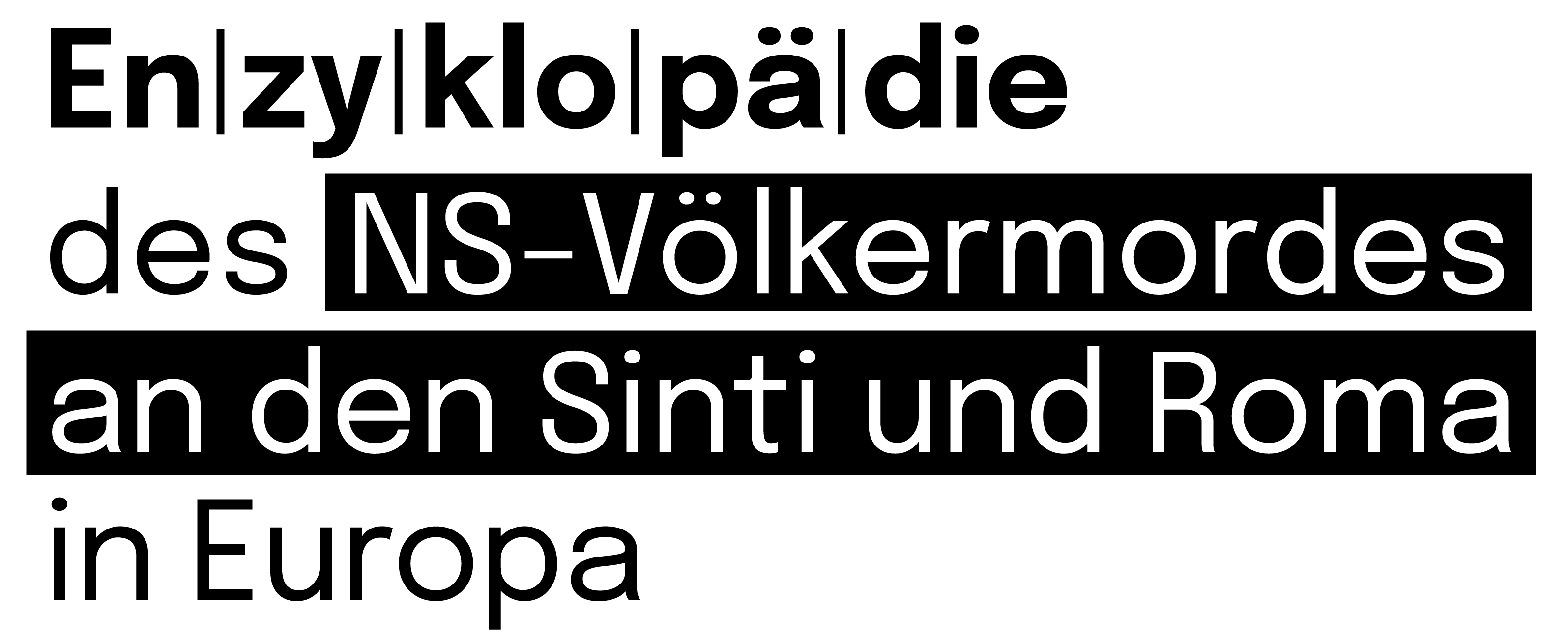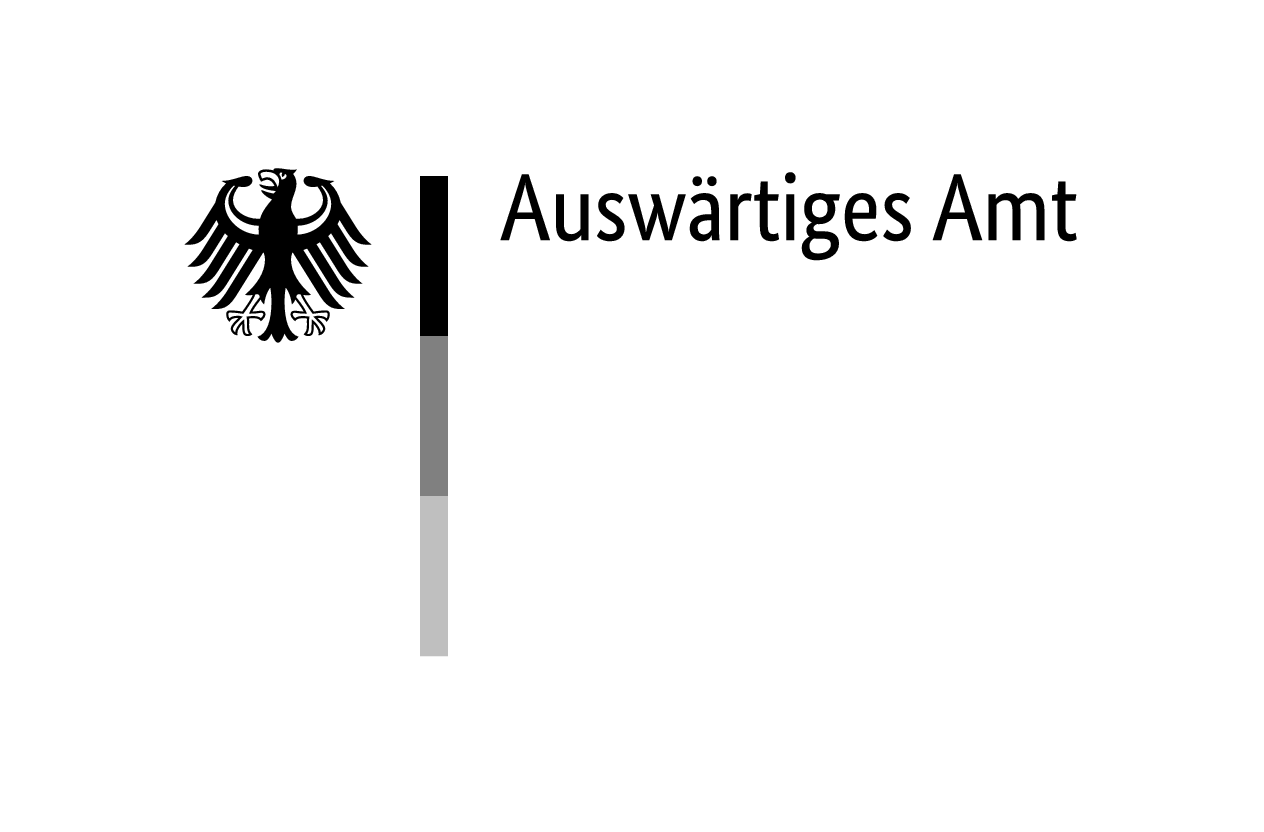The Westerbork camp, located in the north of the Netherlands, was the central transit camp for the deportation of Jews to the Nazi death camps. The main deportations of Sinti and Roma from the German-occupied Netherlands also took place via Westerbork.
Westerbork as Camp for Jewish Refugees
When Adolf Hitler (1889–1945) and the National Socialist German Workers’ Party came to power in Germany in 1933, more and more Jews fled abroad. After the pogrom on 9 November 1938, a large stream of refugees came to the Netherlands. Dutch hospitality left much to be desired. Until the beginning of World War II, 10,000 Jewish refugees were admitted, while others entered the country illegally. The Dutch government was not planning to invest in the care of these people; all initiatives came from private individuals.
The government realised that this was no longer possible and believed that the solution could be found in the construction of a central refugee camp on the Veluwe, near Elspeet. Local residents and the Koninklijke Nederlandse Toeristenbond ANWB [Royal Dutch Touring Club ANBW] protested, but Queen Wilhelmina’s (1880–1962) objection was decisive. Her secretary informed the Minister of the Interior that a refugee camp close to ‚t Loo Palace could not receive royal approval. The cabinet then turned its attention to Drenthe, where there was a large piece of uncultivated land on the edge of the municipality of Westerbork.
Construction began in August 1939, and on 9 October 1939, the first Jewish refugees arrived in Westerbork Central Refugee Camp. These first residents had to work on the setting up of the camp. Initially, the camp remained sparsely populated. At the end of January 1940 there were 167 inhabitants. From February 1940 the number increased more rapidly: at the end of April Westerbork already had 749 refugees.
After the German invasion in May 1940, the regime became stricter in the refugee camp. Discipline was tightened. Under the leadership of the new commander, security was reinforced. Instead of a few constables, a detachment of fifteen Marechaussee (Dutch gendarmerie) officers was now in charge. Roll calls were held in the morning and afternoon, letter censorship was tightened and cycling was banned.
Transit Camp Westerbork
When the Nazis initiated the process of systematically eliminating the Jews in early 1942, this had consequences for Westerbork. The camp was expanded through the construction of a large number of barracks and smaller buildings. On 1 July 1942, it was designated as transit camp. Although the Dutch commander of the refugee camp stayed on until January 1943, a commander of the Security Service (SD) took over control.
After the takeover, barbed wire fences and seven watchtowers were installed. An SS–Wachbataillon provided outside surveillance until early 1943. Order within the camp was maintained by the Jewish police (Ordedienst) and by Dutch Marechaussee officers, who were later also responsible for outside surveillance. In the summer of 1944 they were replaced by a company from the Amsterdam Police Battalion. This police force consisted largely of officers trained in Schalkhaar.
From October 1942, Camp Westerbork was led by SS-Obersturmführer Albert Konrad Gemmeker (1907–1982). His predecessors had failed in their mission, because in their efforts to deport the prisoners as quickly and silently as possible they had aroused too much resistance and unrest in the camp. Gemmeker proved more adept at ensuring that plans were executed flawlessly. He took pride in making the transit camp function perfectly, without friction and without incident. There were no roaring and murdering SS men in the camp, and Gemmeker generally came across as ‘a decent gentleman’, who treated the prisoners properly.
When Westerbork was still operating as a refugee camp, a camp organisation was set up by German and Austrian Jews. Many of them had already been imprisoned in concentration camps in the 1930s. They knew that conditions in a camp were better if people tried to manage things themselves as much as possible instead of leaving it to the Nazis. After Westerbork became a transit camp, they continued to dominate the internal camp organisation. Although the prospects for the prisoners were bleak, every effort was made, especially in 1943 and 1944, not to make Westerbork look like the last stop on the road to destruction. People could take courses and engage in sports. Even shopping was possible. The camp had its own money which could be spent in the camp shop and canteen. There was an exchange office where the last ‘ordinary’ money could be exchanged for the Westerbork notes. And in the registration barracks, there were regular revue performances and concerts and plays were produced.
Nevertheless, everyday life in Westerbork was tough. There was very little space in most of the barracks and no opportunity for privacy. The sanitary conditions left everything to be desired. And there was the constant fear of the weekly transport.
Deportations
More than 100 trains left Westerbork for the concentration and extermination camps in Central and Eastern Europe. On 15 and 16 July 1942, the first prisoners were deported to Auschwitz-Birkenau concentration and extermination camp: 2,030 Jews, including a number of orphans. The Westerbork prisoners lived from transport to transport. That lasted until 13 September, 1944, when the last large train left for Bergen-Belsen with 279 people. Among them were 77 children who had been caught at their hiding places.
More than 100,000 men, women and children were deported ‘to the East’ via Westerbork; the best-known victim was the Jewish girl Anne Frank (1929–1945). Most trains ran to Auschwitz. Other transports had Sobibor, Theresienstadt and Bergen-Belsen as their destination. A much smaller number went to the Buchenwald and Ravensbrück camps. In all, only 5,000 people returned.
Sinti and Roma
The deported men, women and children also included several hundred Sinti and Roma. Their incarceration in Camp Westerbork began in the summer of 1943. On 1 July 1943, the Nazis imposed a ban on travelling for people living in caravans, which also affected Sinti and Roma residing in the Netherlands. Of the approximately 2,700 caravans throughout the Netherlands, 1,163 had to be moved to large assembly camps. Part of the Sinti and Roma went into hiding, moved into empty houses or hid in woods or caves. Several hundred families decided to go to the assembly camps. Abandoned caravans were taken to storage areas. Camp Westerbork served as a storage depot in Drenthe. The caravans were placed on the rubbish tip of the camp where they served, among other things, as work sheds.
Arrival and Selection
On 14 May 1944, the nationwide round-up on Sinti and Roma was ordered in the Netherlands. Subsequently, on 16 May 1944, 578 Sinti, Roma and travellers were arrested by mainly Dutch police officers and taken to Westerbork. Upon arrival at the camp, the Sinti and Roma were taken to the registration hall. All valuables were registered, confiscated and stored; other property was burned. The new prisoners were then shaved and deloused, a treatment that took hours.
In the course of registration, 60 persons were found to have Italian, Guatemalan or Swiss passports. The consuls of the countries mentioned were asked what should be done with these Sinti and Roma. The Italian and Guatemalan representatives successfully pleaded for release. The Italian consul even came to Westerbork personally to discuss the matter. The fate of the Swiss was mixed: six were still deported. The mayors of Utrecht, Zutphen and IJsselstein, all members of the Dutch National Socialist Movement (Nationaal-Socialistische Beweging, NSB), were among those who had taken advantage of the telegram of 14 May to remove all ‘anti-social elements’ from their municipalities. However, this was not in line with the deportation policy of the German occupying forces, so 279 travellers were released after a few days in Westerbork.
The remaining group of 245 Sinti and Roma were locked up in barrack 69, a large residential barrack built in 1942, measuring 80 by 10 meters in total. This group of 245 people comprised 71 men, 63 women and 111 children under the age of 18. Forty-five of them had Dutch passports, and 190 were stateless. The 10 other Sinti and Roma included 1 Spaniard, 6 Swiss and 3 Germans.
There were two large dormitories in barrack 69, filled with three-tiered bunk beds. During their stay in this barrack, the Sinti and Roma were guarded by members of the camp’s Jewish police. They were asked by the Sinti and Roma what would happen to them, a question to which these Jewish fellow prisoners also had no answer.
Deportation on 19 May 1944
On 19 May 1944, the 245 Sinti and Roma were directed into the last carriages of a waiting train in Camp Westerbork. A short time later, this transport departed—with a stopover at the station in Assen where a train with Jewish prisoners from Mechelen (Dossin Barracks) was coupled—to Auschwitz-Birkenau. The vast majority of the deported Sinti and Roma had yet to reach the age of 18.
The departure of the train containing the 245 Sinti and Roma was recorded on film by the German-Jewish filmmaker Rudolf Breslauer (1903–1945) on behalf of camp commander Gemmeker. Shortly after arriving in Westerbork in 1942, Breslauer had been appointed as ‘official camp photographer’. Breslauer had photographed many aspects of life in Westerbork, and at the beginning of 1944, Gemmeker commissioned him to capture Westerbork ‘in all its activity’ on camera. With the film, Gemmeker wanted to convince his superiors of the role the camp could play in the war production. As long as Westerbork was regarded as vital to the war effort, most historians argue, Gemmeker believed that he could avoid transfer to the Eastern Front. From February to May 1944, filming was intensive in Westerbork. In the early summer of 1944, the filming process came to an abrupt halt: Gemmeker forbade further shooting due to an alleged conflict. What was left behind were hundreds of meters of unedited footage that is known today as the Westerbork film. These film images, which are part of a larger, two-hour film about life in Westerbork, would become an important source of historical research an representation after the war. It was used as evidence in Nazi trials, added to documentaries and exhibitions, and subject of academic debate.
The images of the departing transport in particular became a symbol of the Shoah worldwide. The most famous image is a girl looking out through the wagon doors. She was only identified in the 1990s as Anna Maria ‘Settela’ Steinbach (1934–1944), a Sinti girl who was murdered in August 1944 in Auschwitz-Birkenau. Only 31 of the Sinti and Roma deported on 19 May 1944 survived the war.
Liberation and Postwar History
On 12 April 1945, more than 850 Jewish prisoners in Camp Westerbork were liberated by Canadian soldiers. Westerbork later served other purposes. It was successively an internment camp for Dutch people suspected of collaboration (1945–1948), a military training camp for young Dutch soldiers (1949), a temporary residence for Indo-Dutch repatriated from Indonesia (1950–1951), and residential area for several thousand Moluccans (1951–1971). From the mid-1960s, most of the buildings in Camp Westerbork were demolished and/or sold and the Netherlands Institute for Radio Astronomy sited radio telescopes on the former camp grounds.
Since 1983, the Camp Westerbork Memorial Centre has been located in the vicinity of the site. It aims to keep the story of Westerbork alive by organising commemorations, museum and educational activities, among other things. Attention is also given to the deported Sinti and Roma. In the early 1990s, for example, the monument De 102,000 Stenen (The 102,000 Stones) was installed on the site, a memorial with one stone for every man, woman or child deported from Camp Westerbork and murdered. The Sinti and Roma community was involved in its creation and design. In accordance with their wishes, a flame was added to 245 stones in memory of the deported Sinti and Roma. Since 1994, a separate (national) commemoration for the deported and murdered Sinti and Roma has been held here at least every five years.




